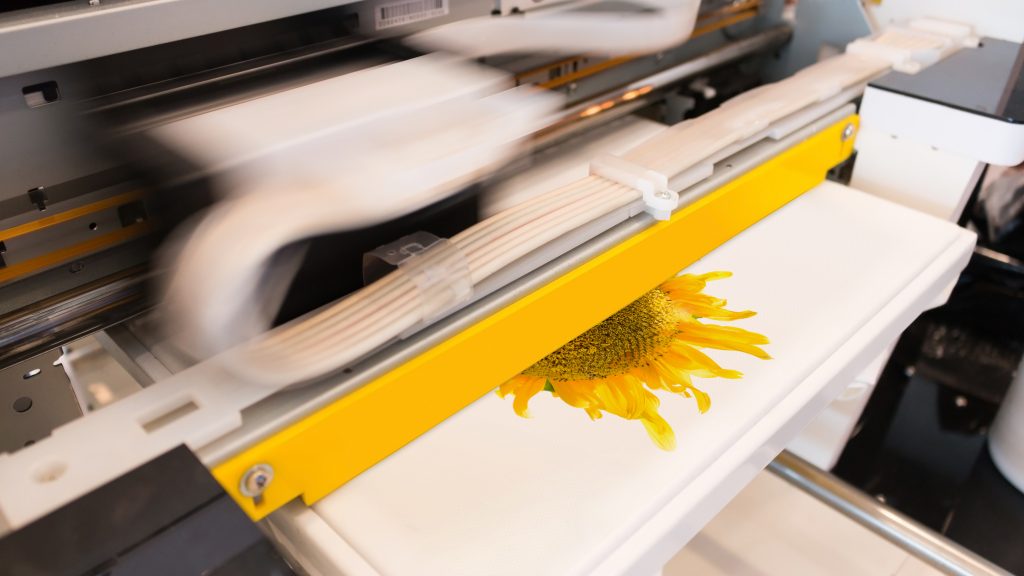
The earliest surviving examples of printed textile were discovered in China and date back to 220 BC, in Europe on the other hand we didn’t see the emergence of textile printing until the 12th Century as it was introduced from Islamic regions.
Today, Asia is the biggest producer of printed fabrics, which are of high demand throughout the world. The majority of textile mills in Asia and other parts of the world use traditional screen printing techniques to produce the final product, however digital printing is on the rise as it offers many advantages over screen printing
1. Design Flexibility
As digital printing isn’t reliant on mechanical screens to achieve the printed image it offers far greater flexibility in terms of the images that can be produced, the numbers of colours within the design are seemingly endless as the process isn’t limited to one screen one colour.
Screen repeat sizes are also redundant in the length of the fabric as the image is now no longer reliant on the physical dimensions of the screen, which coupled with the number of colours and tonal capabilities offers designers so much more freedom in the design stage to ultimately wow the consumer.
2. Production Flexibility
Traditional screen printing utilises mechanical screens to build and print the image onto fabric and each screen has a tangible cost associated to it, the more colours used in the design the higher the number of screens required and therefore the higher upfront costs. These economics have a direct bearing on the minimum number of meters required per order which reduces the flexibility the print mill can offer.
As digital printing negates the use of screens it isn’t confined to these same restrictions so lower minimum orders are very possible increasing the number of designs that can be produced ultimately increasing choice for the end consumer.
Moreover as there are no screens colourways and designs can be changed on the fly so vastly increasing order flexibility and final consumer choice.
3. Environmental impact
Traditional screen printing consumes much larger amounts of water and generates more effluent that then needs to be dealt with in water treatment plants, in general digital techniques apply less chemistry and therefore reduces the excess that would be washed off and discharged to sewage and water systems. In addition as screens are not used, the screens and colour pipes are not there to be flushed through between colourways so again reducing potential environmental impact.
4. Sampling accuracy
Because of the large set up requirements of traditional screen print equipment, initial customer samples are done off line on sample tables, whereas this achieves greater productivity it also means there can be questions concerning reproducibility between samples and bulk printing resulting in possible disappointment.
The flexibility offered by digital printing equipment means samples can be produced in exactly the same manner on exactly the same machines as the bulk order so assuring the reproducibility of the initial sample and final delivered order, which is a better outcome for all.
These are some of the advantages of digital textile printing that are helping to offer the consumer more choice whilst at the same time offering the retailer better control, lower stock requirements per SKU and lower stock write downs at the end of the season.
All of this stacks up to be a better deal all round hence the rapid developments in digital textile printing.









